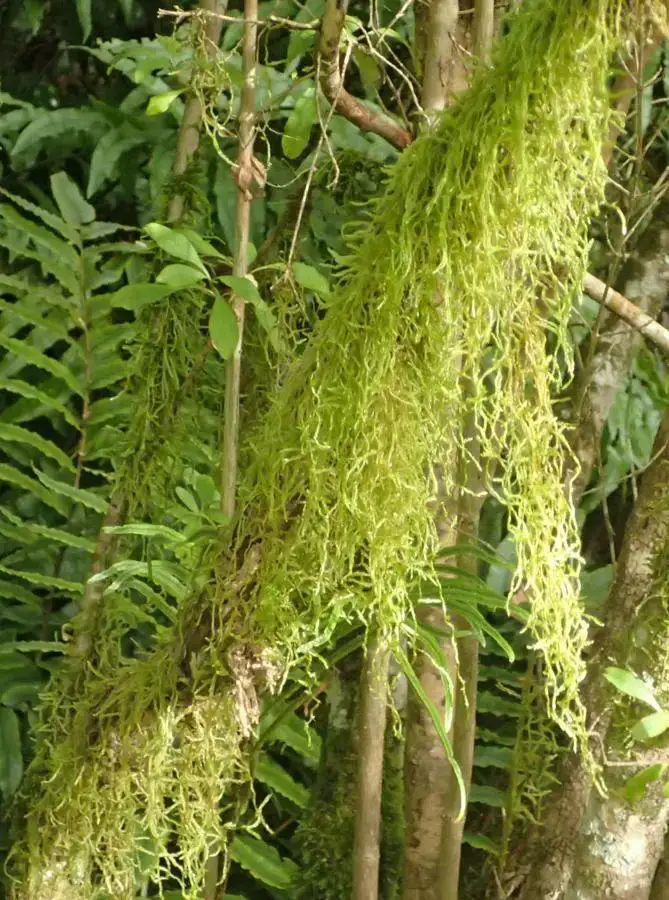
Weymouthia_mollis_Steel.jpg from: https://handwiki.org/wiki/Biology:Weymouthia_(plant)
Exploring the Fascinating World of Weymouthia orbiculata Thér. Moss
Introduction
Mosses are often overlooked, but they play crucial roles in ecosystems around the world. One particularly interesting species is Weymouthia orbiculata Thér., a moss in the Lembophyllaceae family. In this blog post, we’ll take a closer look at this fascinating plant, from its unique morphology to its global distribution and ecological importance. Get ready to dive into the miniature world of Weymouthia!
Background
Weymouthia orbiculata Thér. is a species of moss belonging to the Bryophyta division and Bryopsida class. The genus Weymouthia was named after British botanist Frederick Hamilton Davey Weymouth. This moss is found in various parts of the world, including Australia, New Zealand, and South America.
Morphology and Identification
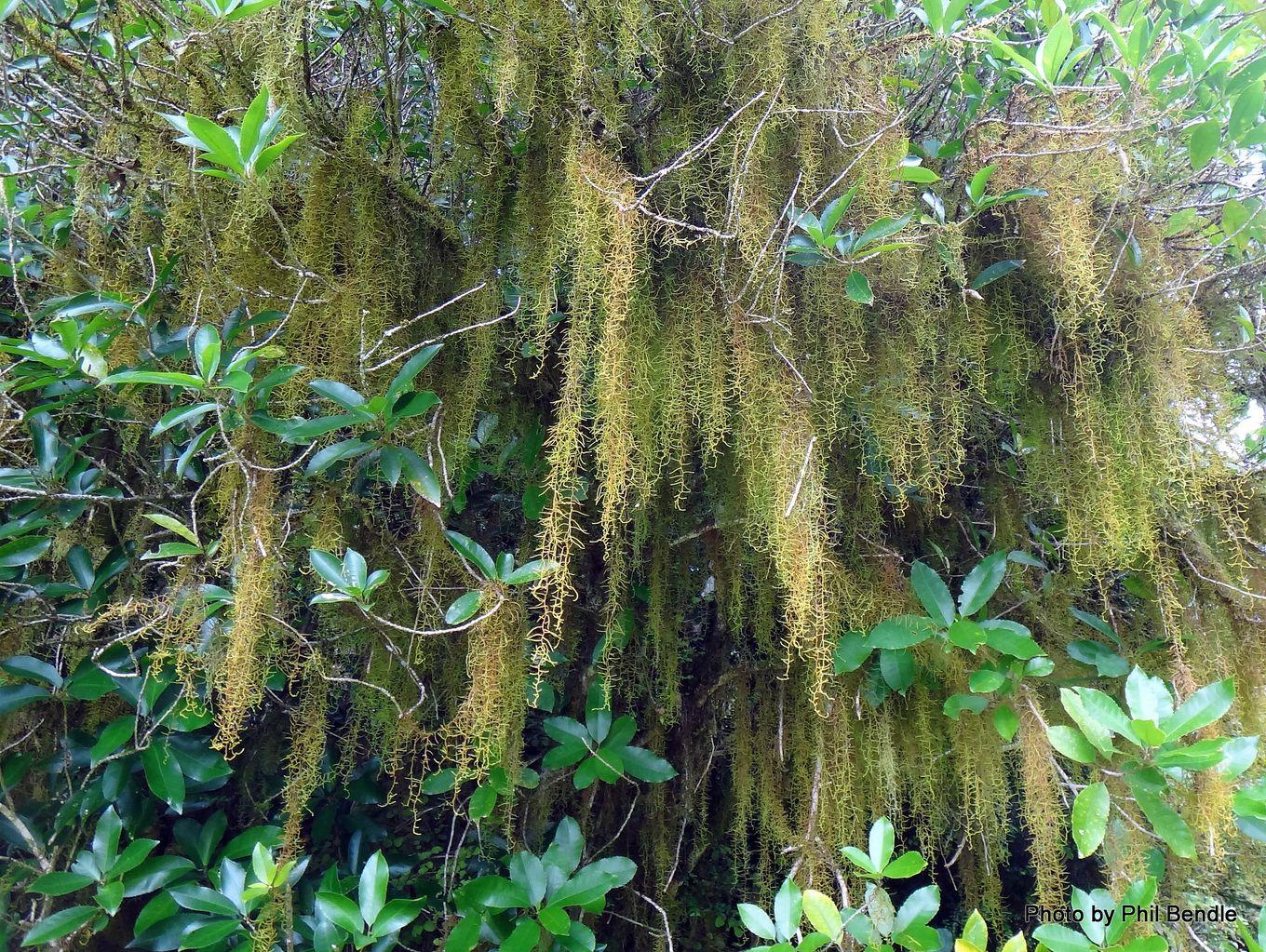
1360px-Weymouthia_mollis_Old_man_beard_moss_.JPG from: https://www.citscihub.nz/Phil_Bendle_Collection:Weymouthia_mollis_(Old_man_beard_moss)
One of the most striking features of W. orbiculata is its distinctive leaf shape. The leaves are orbicular (round) to ovate (egg-shaped), with a rounded or obtuse apex. They are arranged in a
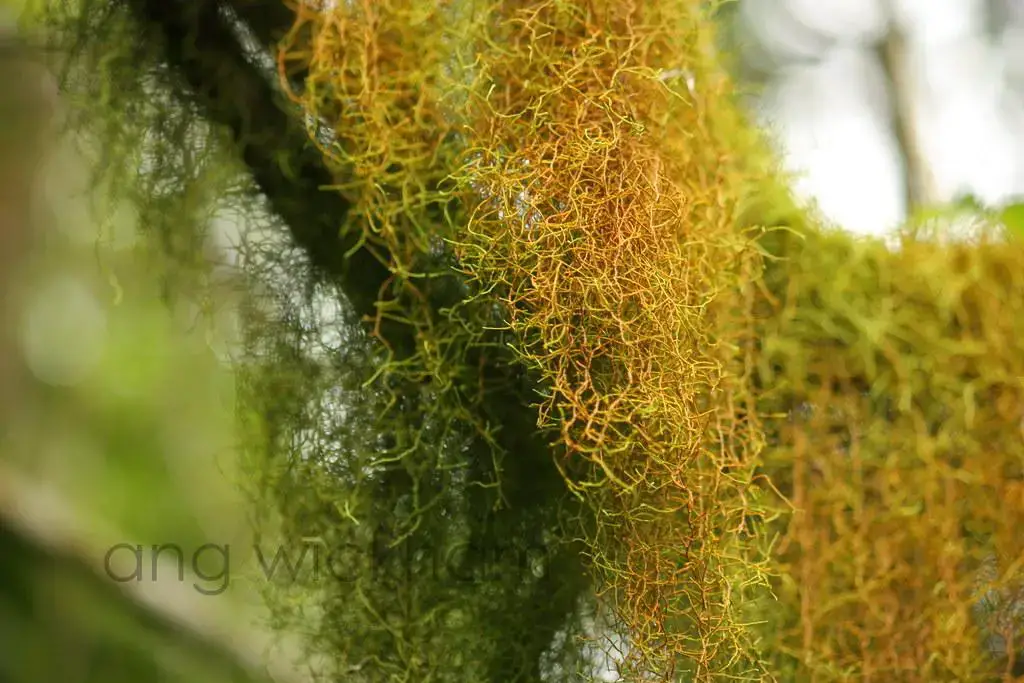
5867360013_9c44e19112_b.jpg from: http://www.flickr.com/photos/angsnznature/5867360013/
complanate (flattened) manner on the stem. The leaf margins are entire or slightly toothed near the apex.
Under a microscope, you can observe the single costa (midrib) that extends about 3/4 of the leaf length. The leaf cells are elongate-rhomboidal to linear, with slightly thickened walls. These unique morphological characteristics make
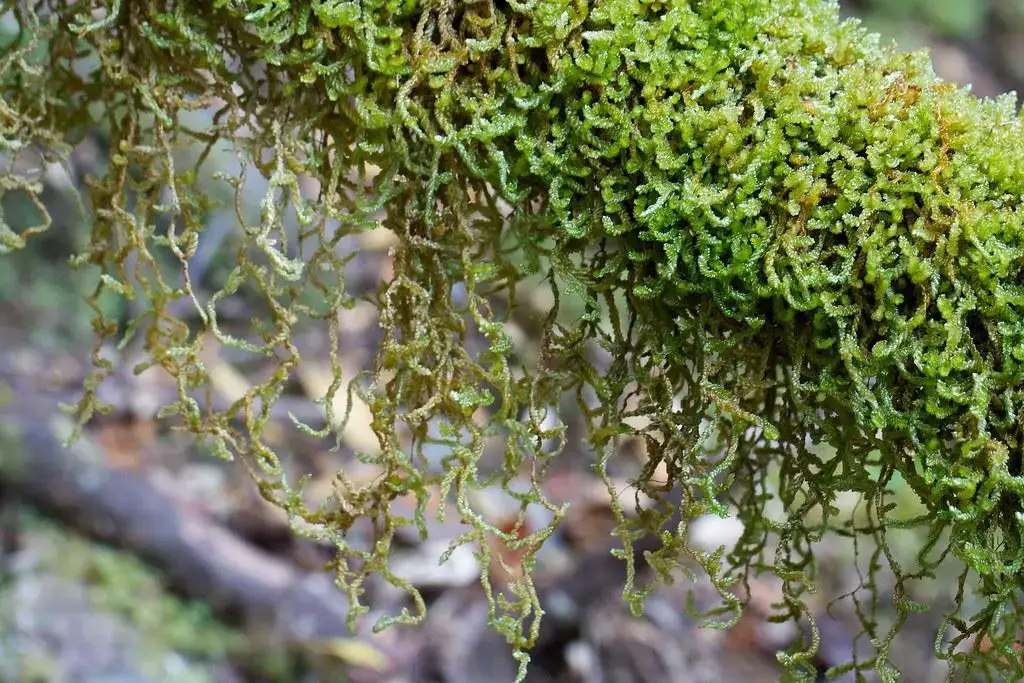
6946265335_52a0d3e8ac_b.jpg from: https://www.flickr.com/photos/sunphlo/6946265335
W. orbiculata relatively easy to identify in the field.
Global Distribution and Habitat
Weymouthia orbiculata has a wide distribution, primarily in the Southern Hemisphere. It can be found in:
- Australia (Tasmania, Victoria, New South Wales)
- New Zealand (North and South Islands)
- South America (Chile, Argentina)
This moss typically grows on tree trunks, branches, and logs in cool temperate rainforests and wet sclerophyll forests. It prefers moist, shaded habitats with high humidity.
Ecological Roles and Adaptations
Like other mosses, W. orbiculata plays important ecological roles:
Water retention: Mosses act as natural sponges, absorbing and retaining water, which helps maintain moisture in the ecosystem.
Nutrient cycling: As mosses decompose, they release nutrients back into the soil, supporting the growth of other plants.
Habitat provision: Many small invertebrates, such as insects and spiders, use mosses like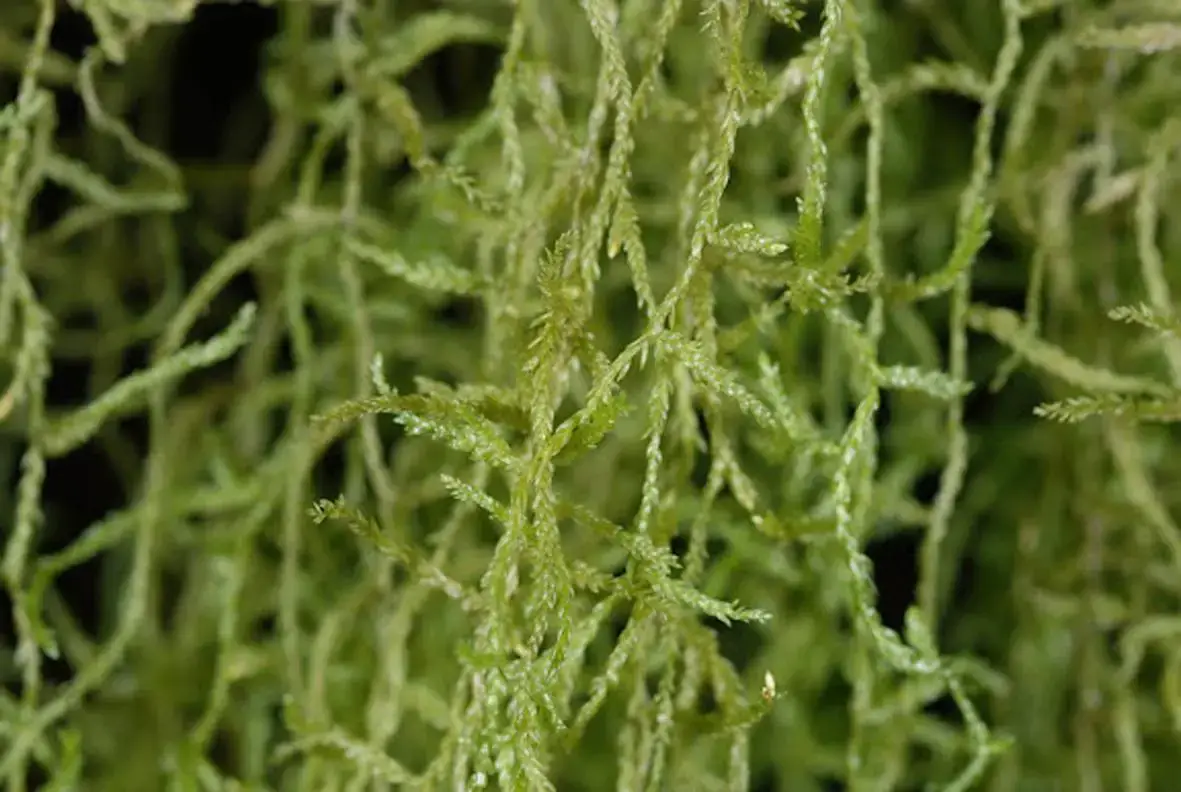
NK_Weymouthia_mollis_2.jpg from: https://www.anbg.gov.au/abrs/Mosses_online/30_Lembophyllaceae_images.html
W. orbiculata as shelter and hunting grounds.
Weymouthia orbiculata has adapted to thrive in its preferred habitats. Its complanate leaf arrangement maximizes light capture in shaded environments, while its thick-walled cells help prevent water loss during dry periods.
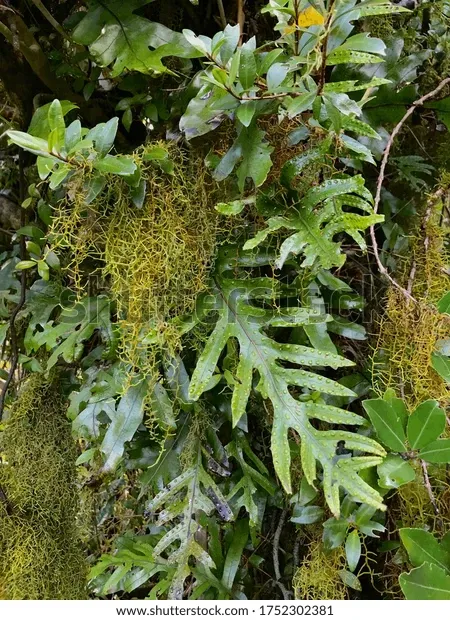
ferns-weymouthia-mollis-moss-hanging-600w-1752302381.jpg from: https://www.shutterstock.com/search/weymouthia-mollis
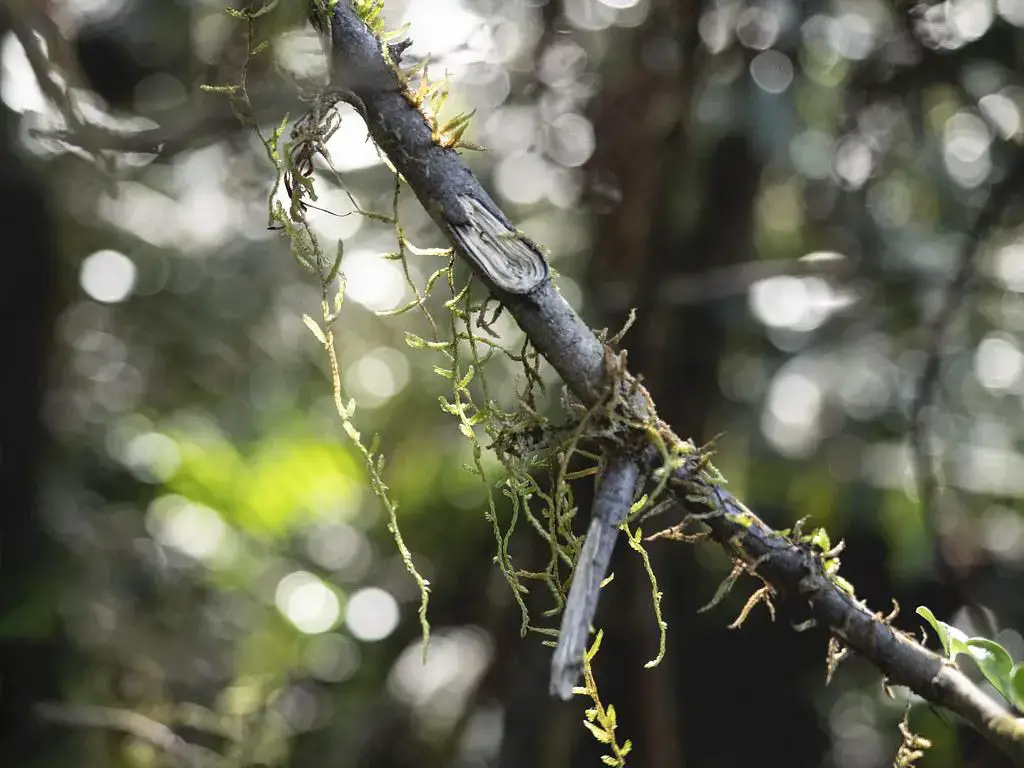
48758001411_e48fca0b5d_b.jpg from: https://www.flickr.com/photos/camera-clips/48758001411/
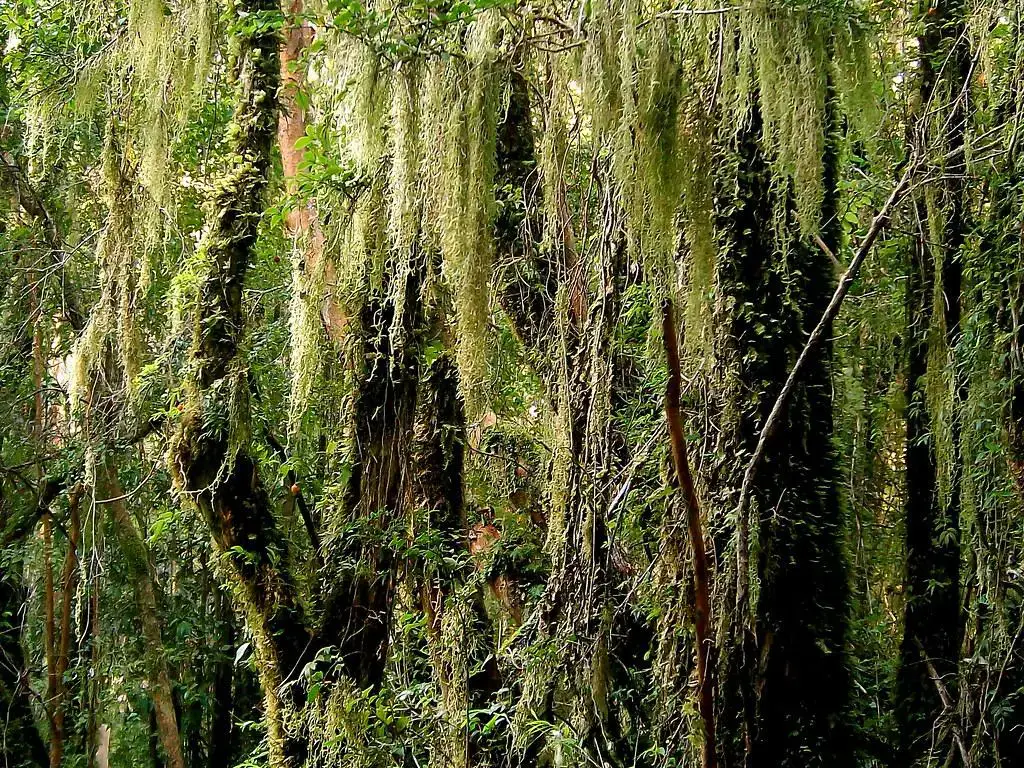
4645677349_219917542c_b.jpg from: https://www.flickr.com/photos/43304457@N03/4645677349/
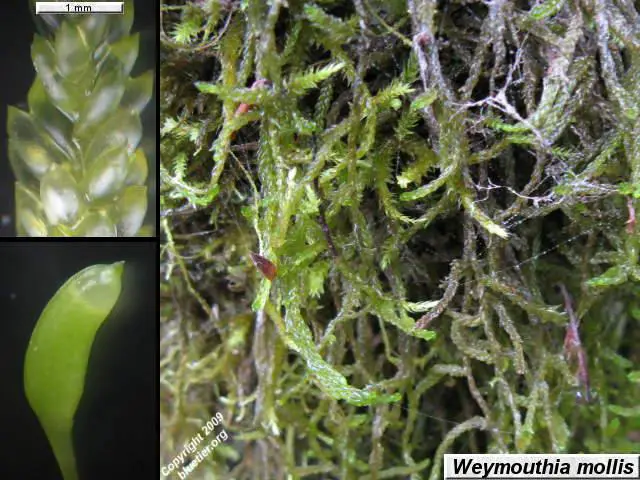
weymouthia-mollis.JPG from: https://www.bluetier.org/nature/bt-mosses.htm
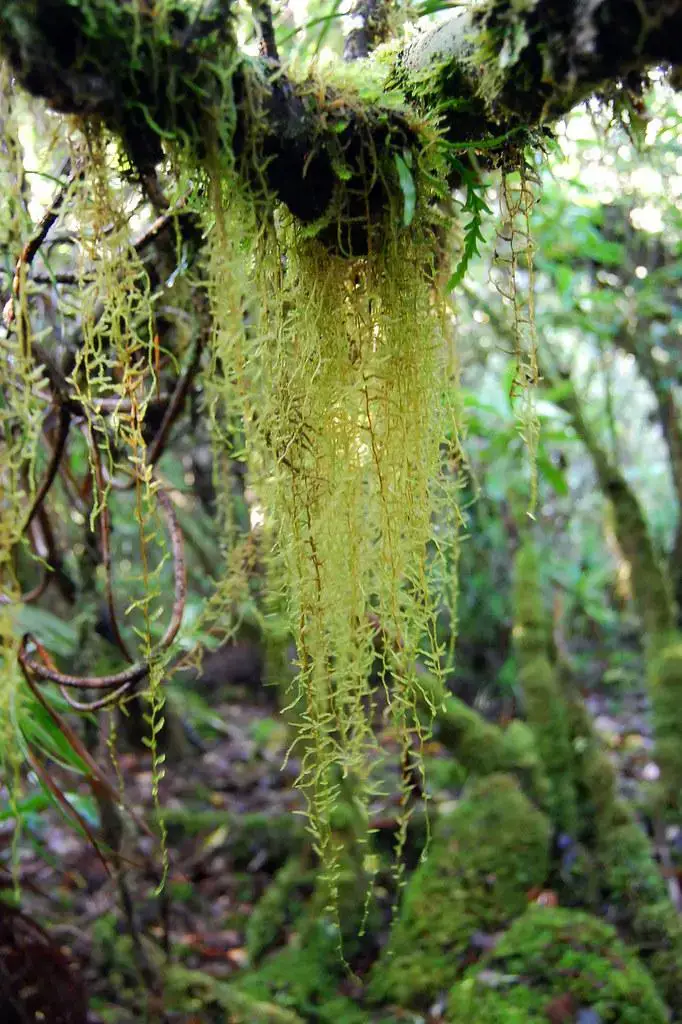
7457040206_904058d11d_b.jpg from: https://www.flickr.com/photos/40325561@N04/7457040206/
| Characteristic | Description |
|---|---|
| Leaf shape | Orbicular to ovate |
| Leaf arrangement | Complanate |
| Leaf margin | Entire or slightly toothed near apex |
| Costa | Single, extending 3/4 of leaf length |
| Leaf cells | Elongate-rhomboidal to linear, slightly thickened walls |
Conclusion
Weymouthia orbiculata Thér. may be small, but it is a fascinating and ecologically important moss species. From its unique morphology to its global distribution and adaptations, this plant showcases the incredible diversity and resilience of bryophytes. The next time you’re walking through a cool temperate rainforest, keep an eye out for the round leaves of Weymouthia – you might just spot a miniature world thriving right before your eyes! What other secrets do you think these tiny plants hold?